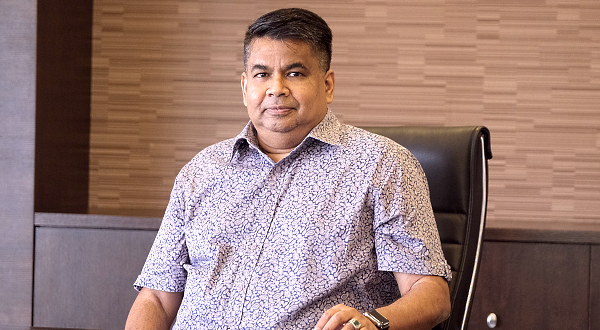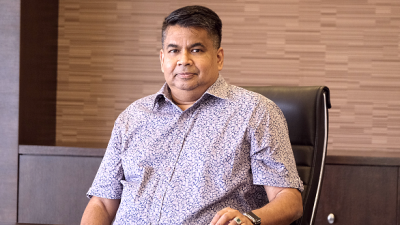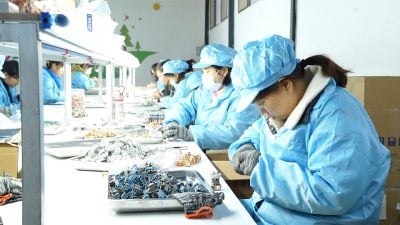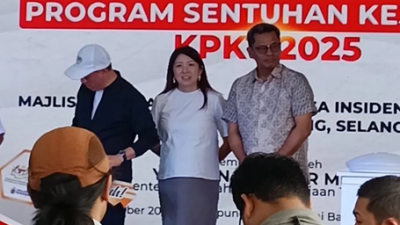
In a recent interview on a prime time national TV, I was asked what it would take for Malaysia to become a serious player in the carbon trade.
In my opinion, even a cursory overview suggests Malaysia is a better fit as a carbon hub than its neighbors because it has the demand for carbon offsets (industry, petrochemicals), as well as supply.
Unlike Singapore, for example, Malaysia can supply carbon credits from nature-based sustainability solutions like reforestation, and renewable projects (solar and hydro), carbon sequestration, etc.
This allows Malaysia to seed and grow carbon trade much more efficiently than Singapore.
However, it is Singapore that’s portrayed as an Southeast Asian carbon hub and one must ask why. Singapore’s thrust towards digitization is one reason.
Singapore is a founding member of The World Bank-sponsored, Blockchain-based CAD Trust.
Singapore has also signed up agreements with new standards bodies like Doha’s Global Carbon Council (GCC) that plans to use digital measurement, reporting and verification (dMRV) to validate and verify carbon credit claims.
In contrast, one of the two approved, non-digital standards bodies associated with Bursa Malaysia was recently questioned about the veracity of carbon credits certified by it.
Now that Malaysia is embarking on this journey with so much sitting potential, it behooves us to get it right the first time around.
I also mentioned it is commendable Malaysia has pledged to go net zero by 2050. In comparison however, the EU already have laws in place requiring they go net zero by 2050.
German law requires they go net zero by 2045! Singapore has a detailed in-policy document laying out their plans to go net zero by 2050.
This is the first step towards enacting a law and something Malaysia needs to consider as a next step.
Going net zero by 2050 is almost impossible unless enforced. It is very different from net neutral which means you can compensate for your emissions through offsets.
In contrast, net zero requires you must get rid of emissions through efficiency, electrification, renewables, and other means.
To achieve net zero by 2050 therefore, is a challenge. However, Malaysia have the requisite resources to make it happen. Here are my recommendations to move towards net zero:
■ Revive and digitize the National Carbon registry. Use private sector expertise if needed. It’s no use enacting laws, if we cannot ensure compliance. And ensuring compliance requires digitization.
■ Invite native digital standards bodies to connect to the registry. Get the World Bank involved. They are eager to help Malaysia digitize its carbon trade.
■ Require carbon emitters to first reduce their emissions before being allowed to offset. Without this, we cannot achieve net zero by 2050.
I was also asked about ideas on developing infrastructure and support for hydrogen technology, bioenergy growth, and electric mobility.
Let’s not however confuse green hydrogen with renewables. It is important to understand that hydrogen is not a primary energy source. It simply stores energy.
As such, green hydrogen is a solution only for uses that can’t directly rely on clean energy sources.
Besides, it is expensive to transport. Makes much more sense for Malaysia to encourage bioenergy and to increase the percentage of renewable energy directly connected to its grid.
I also mentioned that insufficient technical and vocational education & training (TVET) for energy transition is a world-wide problem impacting Malaysia.
The carbon trade has created a pool of arcane knowledge that has relatively few people with a proper understanding.
The sustainability world needs more IT people for example, while the IT world needs people who understand the carbon trade.
Malaysia should avoid mistakes being made elsewhere and include digital processes in college courses on sustainability.
Finally, full marks to the Bursa Carbon Exchange for making serious attempts to connect into the carbon trade ecosystem by tying up with global standards bodies.
However, much more can be done to get us going as a carbon marketplace.
We can begin by opening doors to newer digital native standards bodies endorsed by the World Bank and doing so, increase velocity while ensuring the credibility of Malaysia’s carbon trade.
Malaysia has significant potential as a carbon hub, but it is crucial to get it right from the start to achieve a net-zero future.

(Dr Rais Hussin is the president and chief executive officer of EMIR Research, a think tank focused on strategic policy recommendations based on rigorous research.)
ADVERTISEMENT
ADVERTISEMENT






































